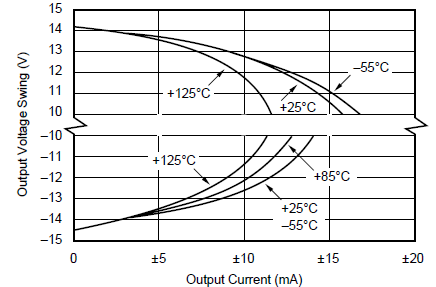SBOS053B May 1998 – May 2024 OPA130 , OPA2130 , OPA4130
PRODUCTION DATA
- 1
- 1Features
- 2Applications
- 3Description
- 4Pin Configuration and Functions
- 5Specifications
- 6Application and Implementation
- 7Device and Documentation Support
- 8Revision History
- 9Mechanical, Packaging, and Orderable Information
Package Options
Refer to the PDF data sheet for device specific package drawings
Mechanical Data (Package|Pins)
- D|14
Thermal pad, mechanical data (Package|Pins)
Orderable Information
5.7 Typical Characteristics
at TA = +25°C, VS = ±15V, RL = 10kΩ connected to midsupply, and VCM = midsupply (unless otherwise noted)

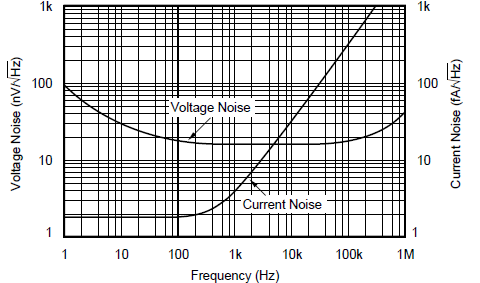
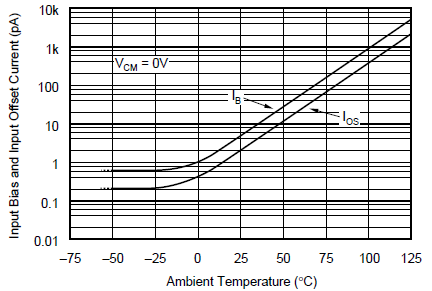
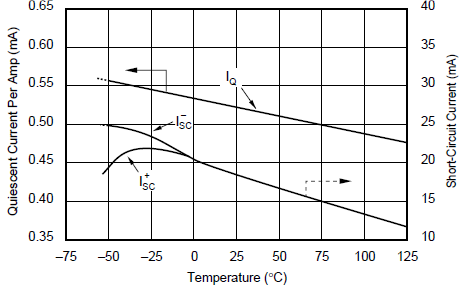
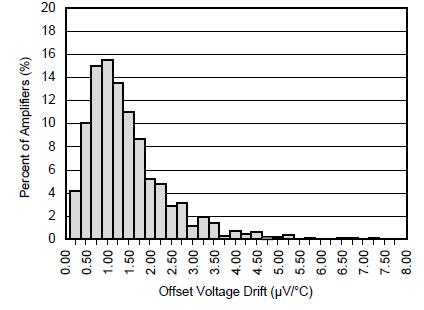
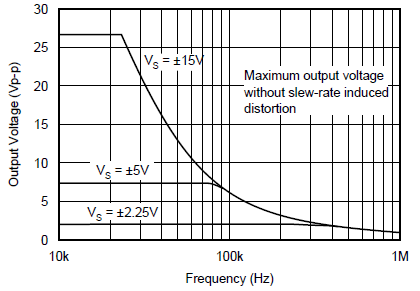
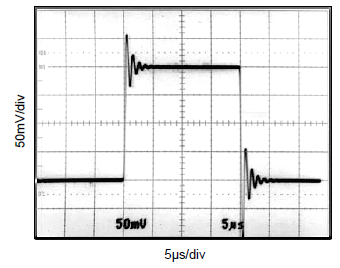
| G = 1, CL = 1000pF |
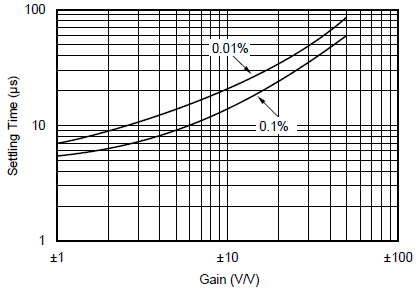
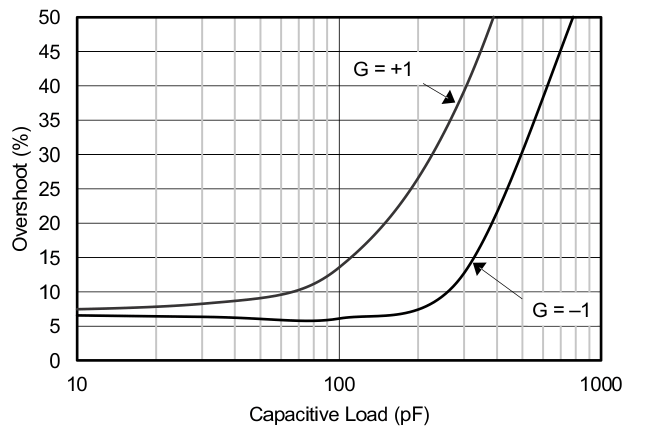
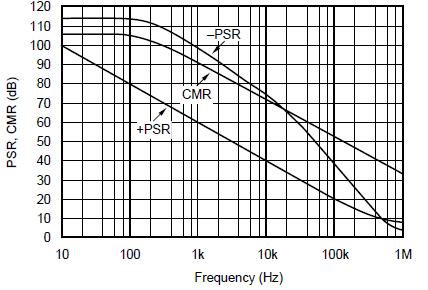
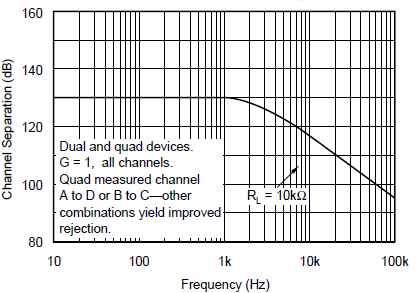
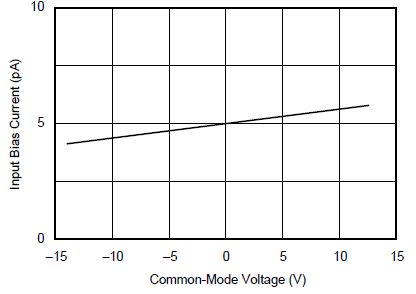
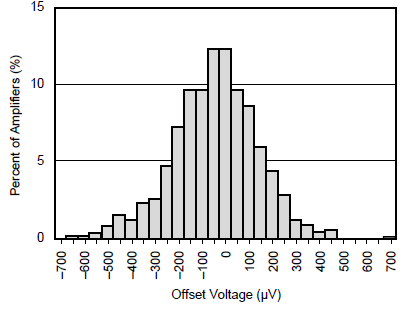
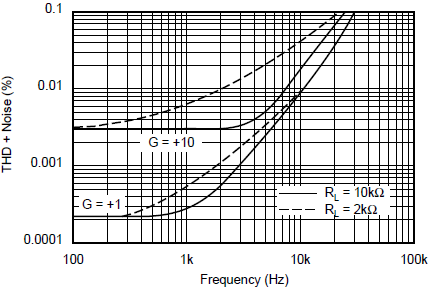

| G = 1, CL = 100pF |
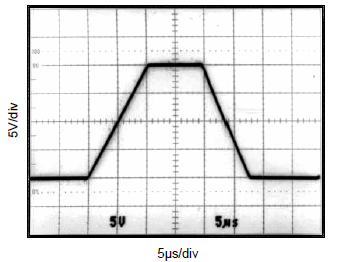
| G = 1, CL = 100pF |
